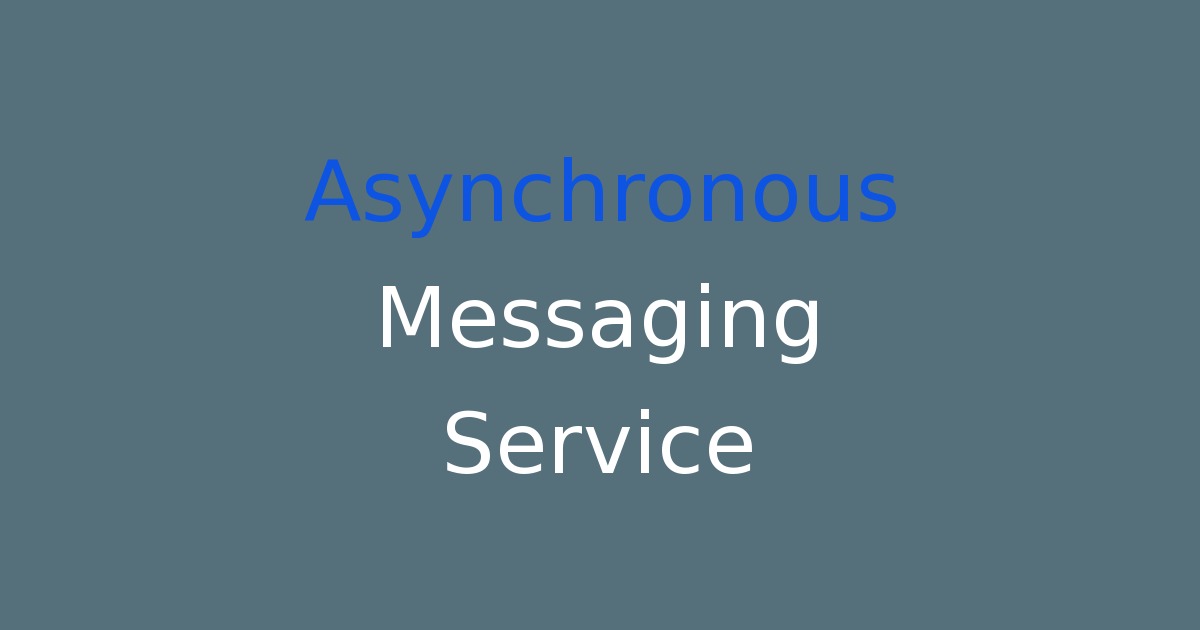A service for sending messages in real-time asynchronously.
Introduction
As technology continues to advance, the need for efficient and reliable messaging services has become increasingly important in the digital age. One such messaging service that is gaining popularity is the asynchronous messaging service. This service allows users to send and receive messages at their convenience, without the need for both parties to be online at the same time.
Problem Statement
The existing messaging systems often require both parties to be online simultaneously in order to exchange messages in real-time. This can be inconvenient for users who may not always be available or who may be in different time zones. Additionally, these systems may be prone to delays or disruptions, resulting in messages not being delivered in a timely manner.
Existing System
The existing messaging systems, such as instant messaging apps and email services, rely on synchronous communication, which requires both parties to be actively engaged in the conversation at the same time. While these systems are effective for real-time communication, they can be limiting for users who prefer to communicate at their own pace.
Disadvantages
There are several disadvantages to the existing messaging systems. One major drawback is the requirement for both parties to be online simultaneously, which can be inconvenient for users with busy schedules or those in different time zones. Additionally, these systems may be prone to delays or disruptions, leading to messages being lost or not delivered in a timely manner.
Proposed System
To address these limitations, we propose the implementation of an asynchronous messaging service. This service will allow users to send and receive messages at their convenience, without the need for both parties to be online simultaneously. Messages will be stored and forwarded to the recipient when they are next online, ensuring timely delivery.
Advantages
There are several advantages to implementing an asynchronous messaging service. One key benefit is the flexibility it offers to users, allowing them to communicate at their own pace and convenience. This can be particularly useful for users with busy schedules or those who may need to communicate across different time zones. Additionally, messages will be delivered in a timely manner, even if the recipient is not online when the message is sent.
Features
Some key features of the asynchronous messaging service include:
– Message storage: Messages will be stored securely until the recipient is available to receive them.
– Offline delivery: Messages will be forwarded to the recipient when they next come online, ensuring timely delivery.
– Message tracking: Users will be able to track the status of their messages, including delivery and read receipts.
– Customizable settings: Users can customize their messaging preferences, such as notification settings and message expiration.
Conclusion
In conclusion, the implementation of an asynchronous messaging service offers a viable solution to the limitations of existing messaging systems. This service provides users with the flexibility and convenience to communicate at their own pace, without the need for both parties to be online simultaneously. By leveraging the features of an asynchronous messaging service, users can enjoy timely and reliable communication, regardless of their availability or time constraints.

